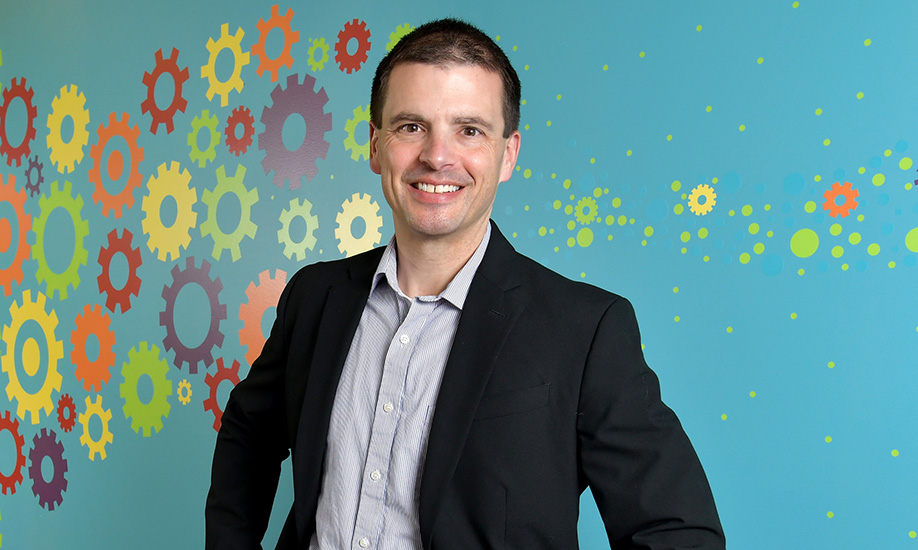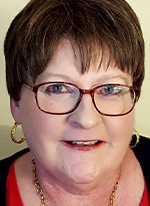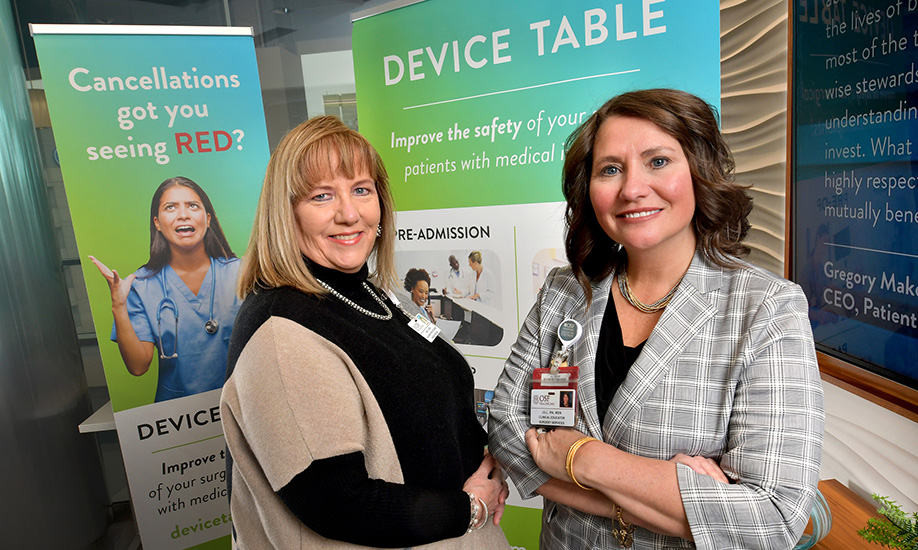In the ‘bionic man and woman era,’ two local nurses saw a problem, and their Device Table was born
“There’s got to be a better way,” they kept saying.
Two nurses at OSF Saint Francis Medical Center decided to find a better way and in doing so, became inventors.
As surgery department nurses, Jill Teubel and Mary Marvin were encountering increasing numbers of surgery patients with medical devices implanted in their bodies. An implanted device with wires or batteries has its own set of precautions which must be taken before a patient undergoes surgery. In the absence of those precautions, a device can be destroyed or a patient injured.
The primary risks regarding a device implanted during surgery are the electrocautery tools used to make and close an incision or remove a tumor.
Sometimes, a magnet must be placed over a device or a particular type of cautery instrument must be used. Sometimes, a manufacturer’s representative must be in the operating room to turn off the device during surgery and restart it afterwards. Sometimes, the patients themselves are given the tools necessary to operate a device.
Without the pertinent device instructions, surgeries were being canceled at OSF, causing inconvenience, anxiety for patients, and loss of revenue for the hospital.
“Sixty percent of a hospital’s revenue comes from surgeries,” said Teubel. “That goes for any hospital in the country.”
An implanted device with wires or batteries has its own set of precautions
In 2015, Teubel and Marvin thought that surely, there must be a central source of information on readying implanted devices for surgery, so they went looking for one. What they found was that no such thing existed — no website, no app, no helpline … nothing.
That’s when Marvin and Teubel opened a blank Word document and started making phone calls. In addition to their regular nursing duties, Teubel, 52, and Marvin, 65, spent more than seven months reaching out to every device company in America.
Presented in a table format, their first printed Device Table was two pages, with surgery instructions for 11 devices. Teubel and Marvin updated their table every six months and it grew to 38 printed pages, making the Device Table cumbersome and difficult to use.
“In the last seven years, we’ve seen an explosion in the device field,” said Teubel. “Some patients are coming in now with two devices.”
Today there are 31 different types of implantable medical devices, including pacemakers to regulate the heart, deep brain stimulators to treat epilepsy, spinal stimulators to suppress pain, and stimulators to suppress tremors in Parkinson’s patients, to name a few. Last year alone, 600,000 pacemakers were implanted in the United States.
“We’re kind of in the bionic man and woman era,” said Teubel. “These devices are really improving the health and quality of life for so many people.”
‘we have almost no cancellations now, due to a device’ — Kip McCoy
By 2018, the device document had grown to 80 pages that surgery room personnel had to scroll through. “We needed a better product, just for our own surgery department and for patient safety,” said Marvin. “We knew what we needed was an app.” In 2019, the two nurses approached OSF Innovation for help.

Kip McCoy, vice president of the Innovation Studio at Jump Trading Simulation and Education Center, and his team began working with Marvin and Teubel. They found a local company that could build a website that was easy to utilize and update, said McCoy.
“When Jill and Mary talked at a conference about what they were doing with Device Table and the problem they were solving, they had a lot of interest from other health systems,” said McCoy. That’s when the rookie inventors realized they were onto a product that could be sold to other hospitals.
“Putting that Device Table into practice and growing it, we have almost no cancellations now, due to a device,” said McCoy, who estimates the cost savings in the millions of dollars.
Dr. Steven Schrader, an anesthesiologist, said Device Table “eliminates any delays involving devices on the day of surgery and standardizes how we’re treating all these devices. It really improves patient safety and that’s always our major goal, to make sure that we have the safest possible outcome for surgery.”
To this point, Device Table has been implemented only at Peoria’s OSF Saint Francis Medical Center. In the next two months, it will be introduced to two more hospitals within the OSF HealthCare network. The introductions will continue until all the OSF hospitals are using it.
OSF stresses innovation among its employees. The Jump Center has the resources and expertise to see those innovations through. Teubel and Marvin have come farther than any other front-line workers, to date.
‘It standardizes how we’re treating all these devices … It really improves patient safety’ —Dr. Steven Schrader
The innovation team is helping them obtain a patent, a process that could take another two to four years. Device Table has certainly paid off for patients, and it could pay off for Teubel and Marvin, as well.
“OSF has an intellectual property policy and OSF is the owner of the intellectual property,” explained McCoy. “If any of our Mission Partners or employees invent something or come up with a new invention through the course of their employment here, there’s an opportunity for those employees to share in the money, according to the policy.”





